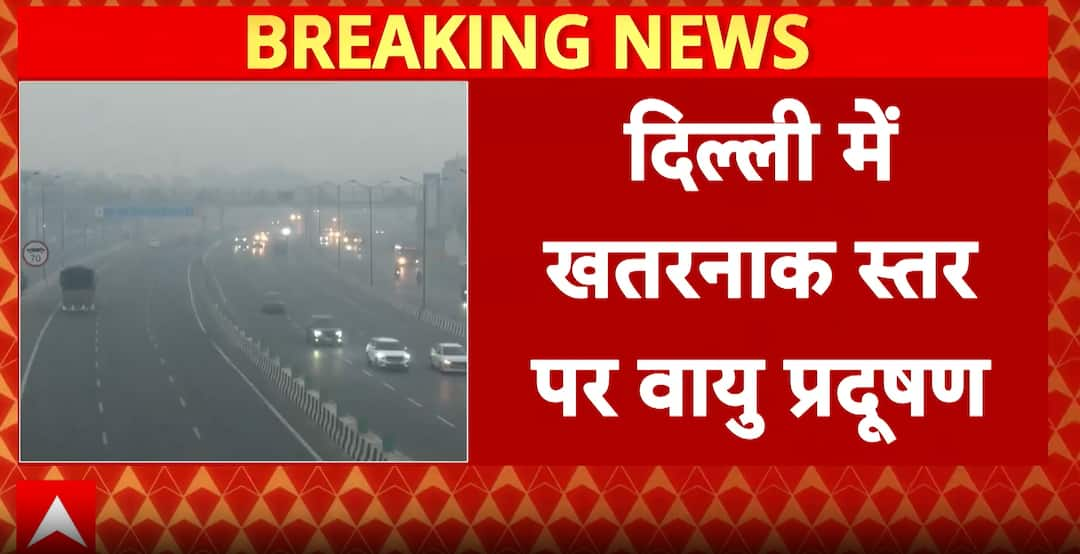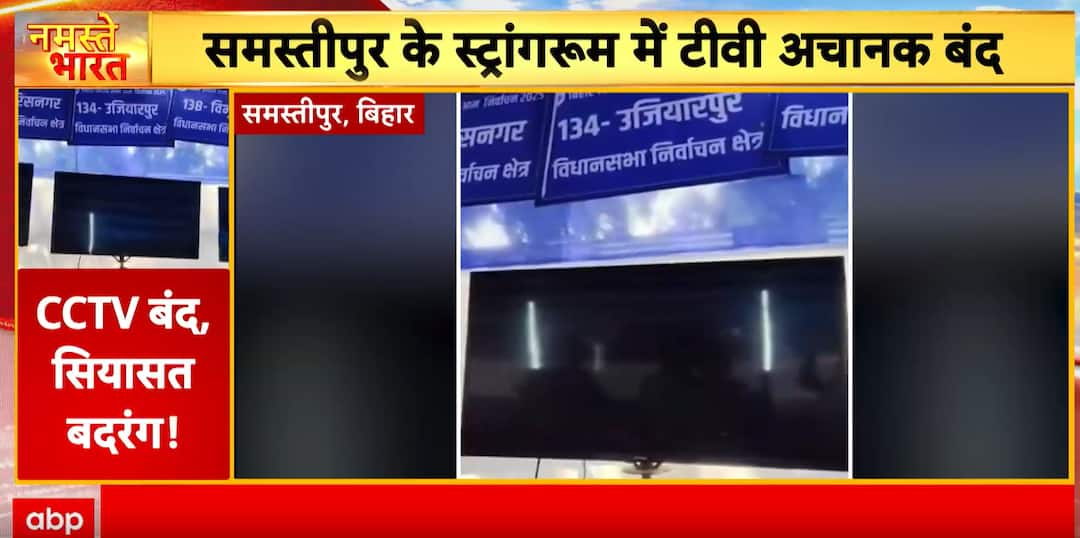The national capital continues to struggle under a thick blanket of smog as air pollution levels in Delhi have once again breached the severe category, making it difficult for residents to breathe in the open. According to the Central Air Quality Management (CAQM) data, the Air Quality Index (AQI) at India Gate was recorded at 391, placing it firmly in the “very poor” to “severe” range. Similar conditions prevail across key areas such as Anand Vihar, Akshardham, and ITO, where pollution levels have also crossed the 300 mark. The dense smog has drastically reduced visibility, affecting road and air traffic while raising health concerns among citizens. Experts attribute the spike to a combination of stubble burning in neighboring states, vehicular emissions, construction dust, and stagnant weather conditions that trap pollutants near the ground. Despite several measures implemented by the Delhi government, including vehicle restrictions, bans on construction, and the promotion of public transport, the pollution levels remain alarming. Residents have been advised to avoid outdoor activities, wear N95 masks, and use air purifiers indoors. Health professionals warn that prolonged exposure could trigger respiratory issues, eye irritation, and cardiovascular complications. The situation underscores the urgent need for stronger inter-state coordination and long-term pollution control policies to restore breathable air in the capital.


